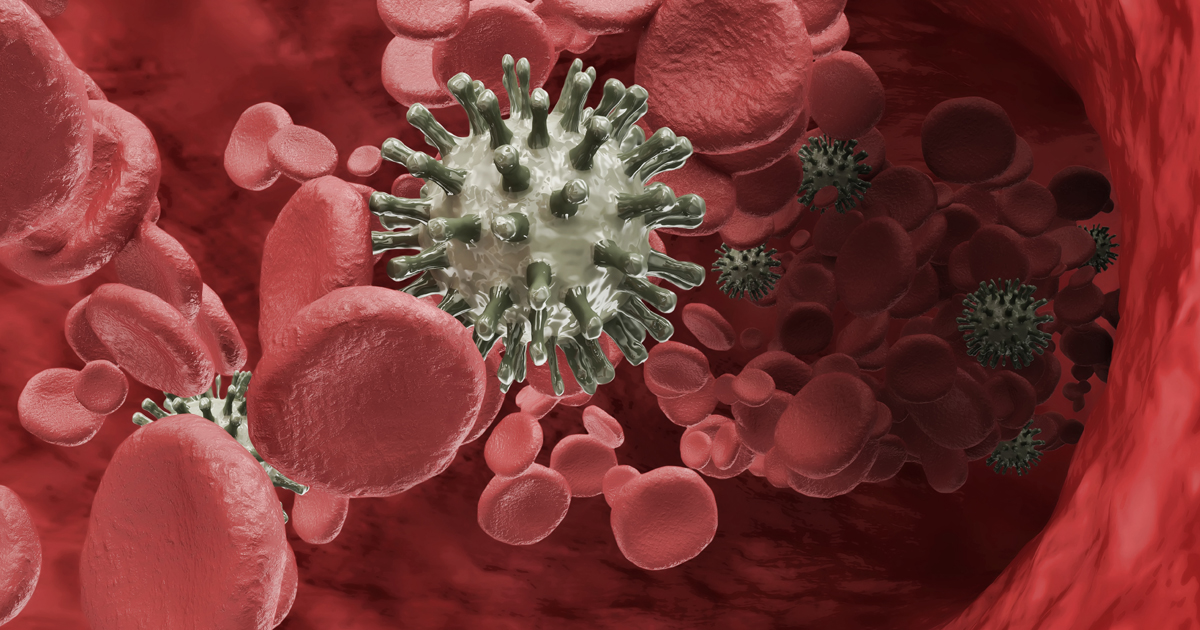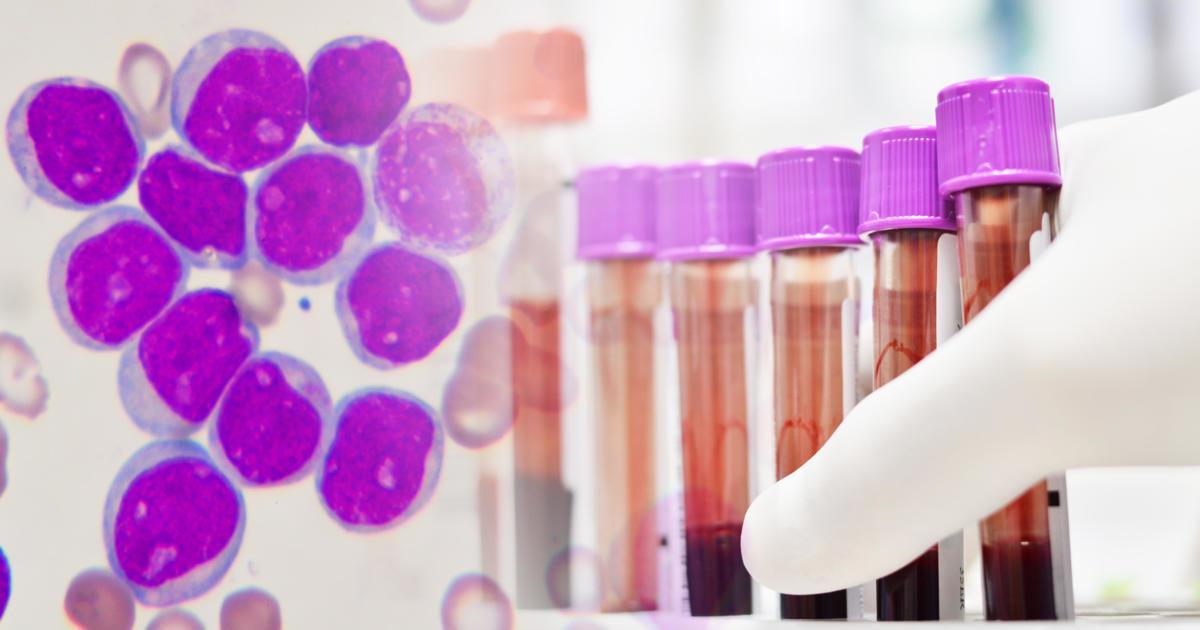What Diseases Can Be Treated With Apheresis?
Apheresis is a treatment option that works to remove blood from a patient. Donor blood may also be used. The blood is put into a centrifuge and separated. The parts withdrawn include platelets, plasma, and leukocytes, depending on the condition being treated. Once these are pulled out, they are transfused back into the patient. Certain blood components may contribute to different medical conditions. By removing these, the theory is the disease will improve. There are several medical conditions apheresis may be used for. If patients have any of these conditions, their doctor will evaluate their condition and help them to determine if apheresis is a viable treatment option.
Goodpasture's Syndrome

Goodpasture's syndrome is a type of autoimmune disease that typically affects individuals over sixty or those in early adulthood. The lungs and kidneys can experience damage due to autoimmune proteins accumulating in these organs. Initial symptoms may include weakness, appetite loss, lethargy, paleness, and nausea. This condition can be life-threatening when left untreated.
Plasmapheresis is one of the treatment options. This procedure is done to remove anti-GBM antibodies. On average, patients undergo this procedure every other day or even daily. The plasma exchanges are typically four liters. The course of treatment usually continues until these antibodies are not detected, and the clinical course of the disease improves.
Reveal the next condition apheresis can treat now.
Waldenstrom's Macroglobulinemia

Waldenstrom's macroglobulinemia (WM) is a type of cancer classified as a form of non-Hodgkin lymphoma and originates in the B cells. The WM cells make macroglobulin, which is a type of antibody. The antibody is a protein referred to as a monoclonal protein. The accumulation of this protein is what causes the symptoms of Waldenstrom's macroglobulinemia, such as excess bleeding, nervous system issues, and vision problems. Apheresis is a possible treatment option. As the protein builds, the blood thickens. To prevent this, this procedure helps reduce the antibody levels quickly. The machine will pull the protein from the blood cells and discard it. Plasma is mixed with a salt solution and transfused back into the patient. This does not directly treat this cancer, but it is imperative for controlling the antibodies associated with this condition.
Get to know another type of cancer apheresis can help treat.
Leukemia

Leukemia describes several types of cancer that originate in the blood-forming cells. While multiple blood cells can be affected, this cancer is typically in the white blood cells. Depending on the type of this cancer, individuals of all ages can be affected. With some leukemias, the patient’s leukocytes increase significantly, posing the risk of thrombosis due to the blood thickening. To prevent this, doctors might recommend leukapheresis, which involves removing white blood cells from the patient’s blood before returning the blood to the body. This process works fast to reduce the white blood cells. It tends to be more effective and efficient than chemotherapy for this purpose.
Continue reading to learn more about what conditions apheresis treats.
Hyperviscosity Syndrome

Hyperviscosity syndrome describes a state in which blood cannot freely flow through the arteries. Due to too many white blood cells, red blood cells, or proteins, blockages in the arteries are possible. Both adults and children can be affected. This syndrome is possible with certain blood cancers and autoimmune diseases. In severe cases, plasmapheresis may be recommended. This involves removing some blood and replacing it with saline solution. This is a process done in balance to ensure the patient’s blood volume does not get too low. By replacing some blood with saline, this helps thin the blood to reduce the risk of arterial blockages.
Understand more about the conditions apheresis can treat now.
Rheumatoid Arthritis

Approximately 1.3 million Americans have rheumatoid arthritis, an autoimmune disease. The symptoms and damage are the results of the immune system attacking healthy parts of the body, such as the joints, eyes, or skin. This condition can be disabling. Plasmapheresis is a treatment option for this type of arthritis, and in this case, it involves removing the patient’s blood and filtering out certain antibodies that might be contributing to the effects of the disease. After filtering, the blood is reintroduced into the body. This treatment might be considered in severe cases when patients do not respond well to other treatments. Plasmapheresis should be administered with immunosuppressive therapy to prevent a rebound antibody production increase after treatment.